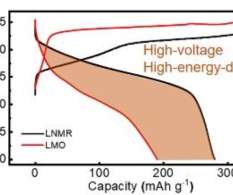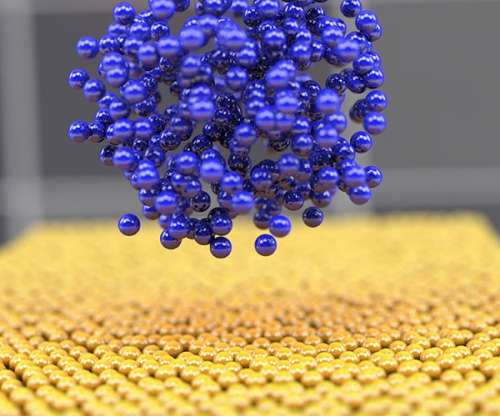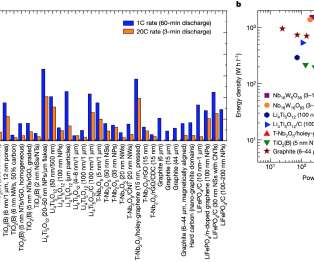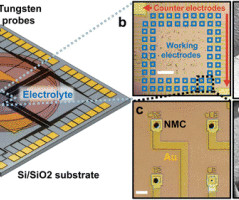Researchers in Belgium develop new class of solid composite electrolytes for Li-ion batteries: Eutectogels
Green Car Congress
MARCH 9, 2018
Researchers at Hasselt University in Belgium are proposing a new class of solid composite electrolytes (SCEs) for Li-ion batteries: deep eutectic solvent (DES)–silica composites. The DES-based gel electrolytes—to which the team refers as eutectogels (ETGs)—are characterized by high ionic conductivity (1.46









































Let's personalize your content